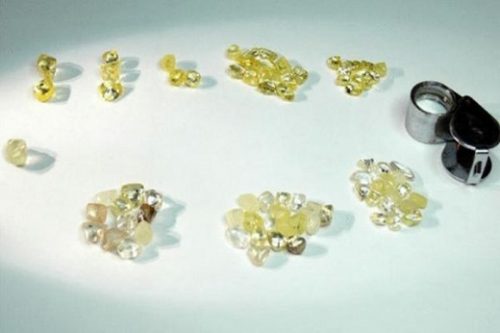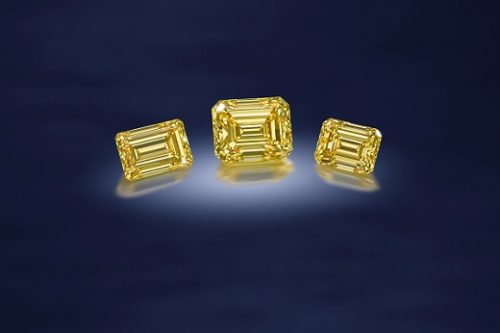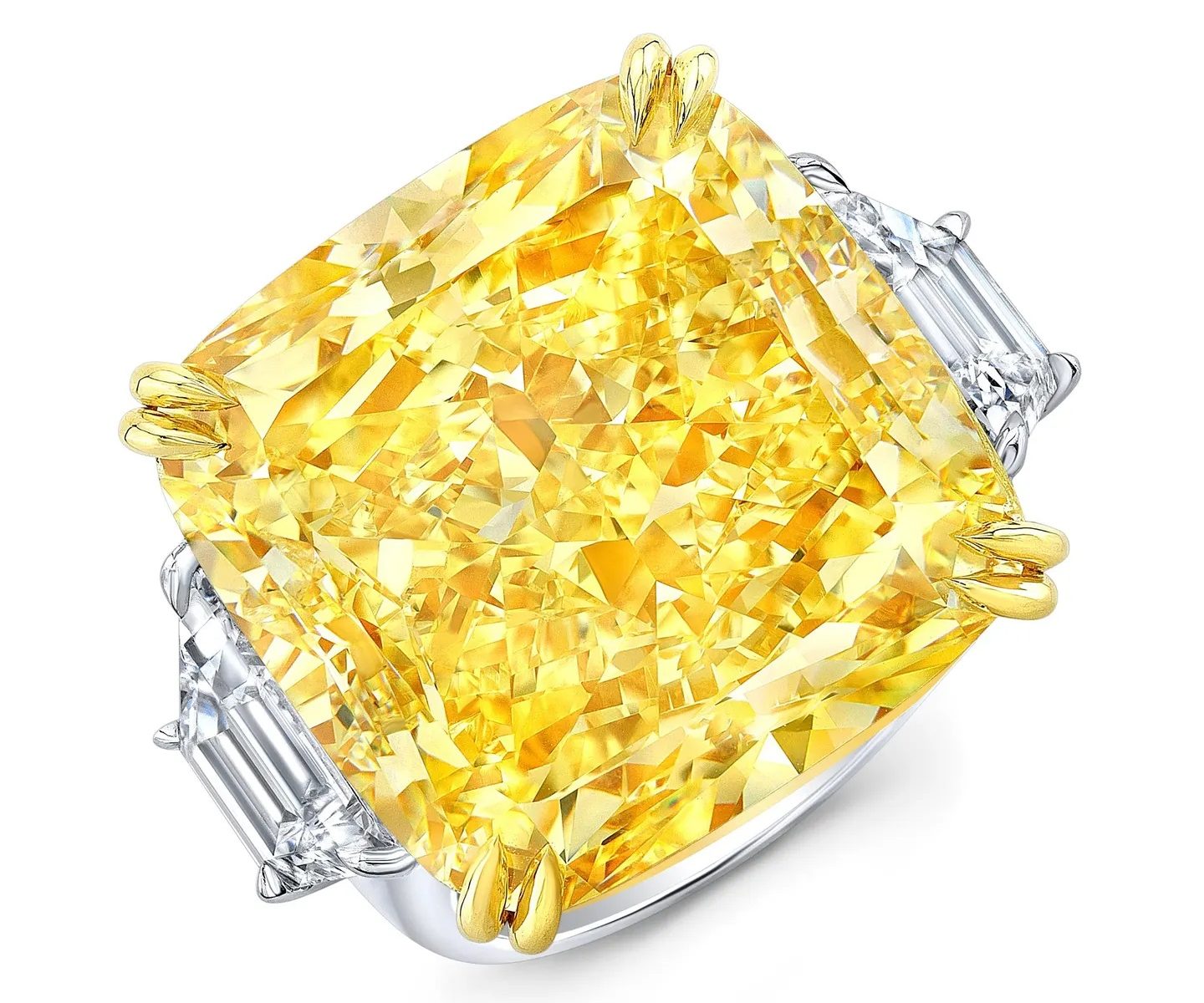Prices of fancy-color diamonds slipped marginally in the fourth quarter of 2020 as stability in the yellow category helped the sector stave off a heavier slump, according to the Fancy Color Research Foundation (FCRF).
“Although 2020 was challenging in terms of logistics and travel, contrary to market expectations, fancy-color diamond prices proved to be resilient, with minor price decreases across the board,” the FCRF said Monday.
The organization’s Fancy Color Diamond Index for yellows inched down 0.3% year on year in the three months ending December 31, while prices for blues fell 1.3%. Pink fancy-color diamonds decreased 0.9%, with the overall index slipping 0.8%.
The 1.50- and 5-carat categories were the strongest for fancy blues, increasing 0.5% versus the previous quarter, while fancy-vivid blues decreased 0.6%, led by soft prices for 1-carat stones in that category. Pinks stayed mainly flat compared to the third quarter, with 2-carat fancy pinks seeing the highest rise, up 1.4%. In yellows, the fancy-intense, 5-carat segment grew 0.8%, and the price for fancy-vivid, 3-carat stones was up 0.7%. Fancy-yellow, 1.50-carat diamonds increased 0.6% during the period.
The FCRF believes prices of yellows will continue to remain strong throughout 2021.
“2020 was a fascinating year; wholesalers and retailers alike had to overcome many logistical hurdles in order to finalize simple transactions, while demand for fancy-color diamonds was solid,” said FCRF advisory board member Eden Rachminov. “I expect 2021 to be a bullish year for yellows; their current price is relatively low and I think that a price increase is inevitable.”
The index tracks prices of yellow, pink and blue fancy-color diamonds in Hong Kong, New York, Geneva and Tel Aviv.
Source: Diamonds.net




